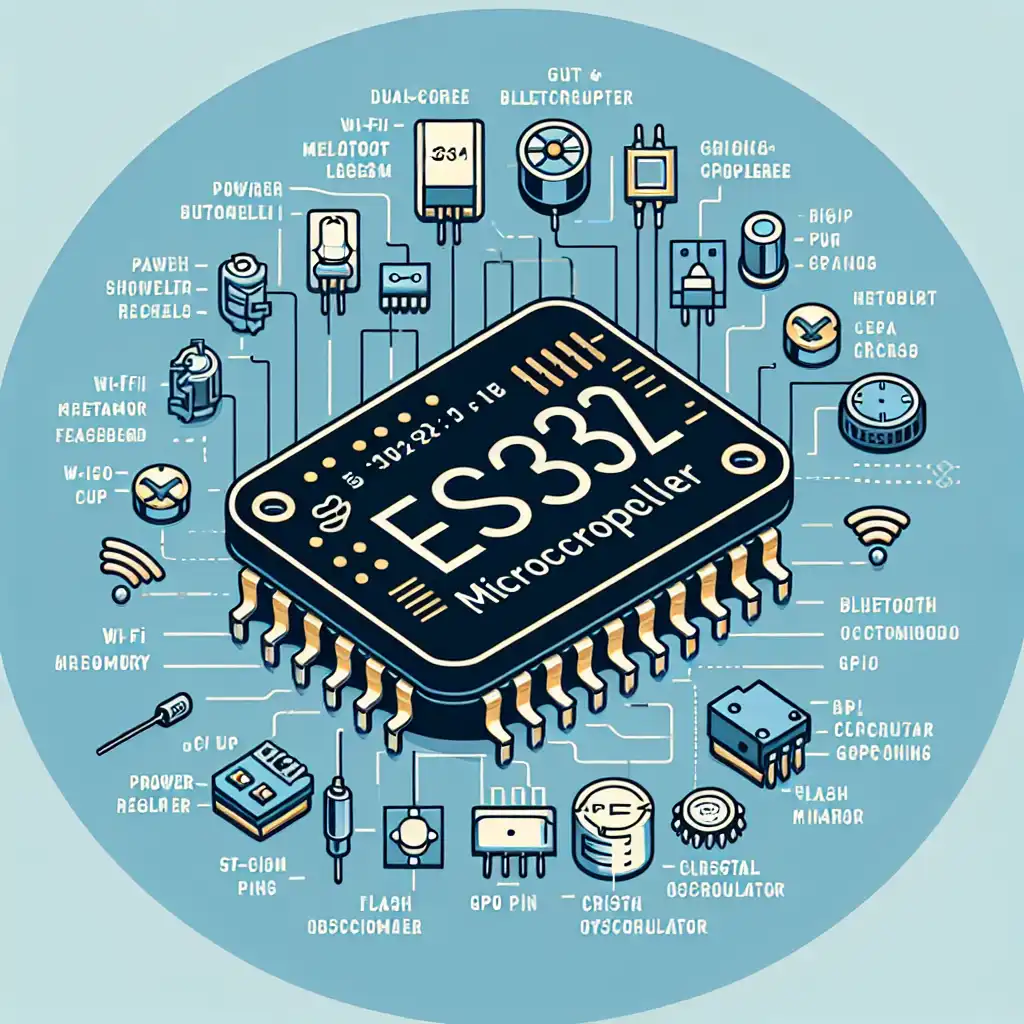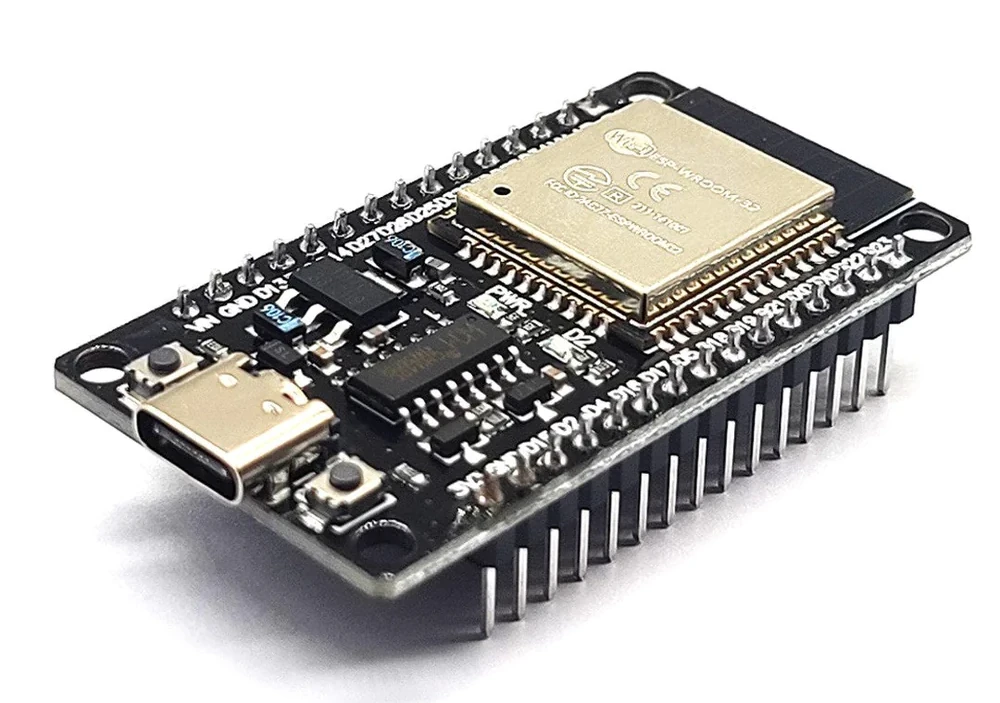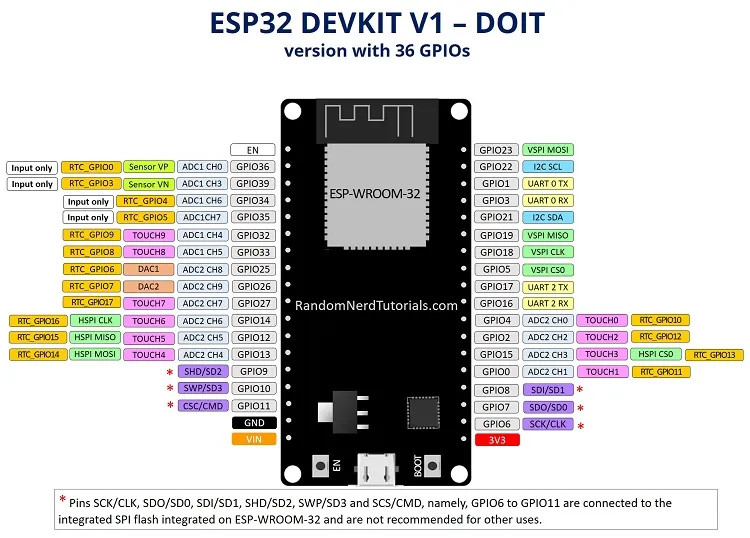Alright, let’s cut to the chase. You’ve heard the buzz about the ESP32 microcontroller, and you’re itching to get your hands dirty with it, right? Well, you’re in luck! We’re about to embark on a geeky adventure through the circuit basics, breaking down the nitty-gritty of this tiny yet mighty powerhouse. We’ll take a gander at what makes the ESP32 tick, its pinout that’s as vast as the ocean, and why it’s the go-to chip for hobbyists and pros alike. So buckle up, ’cause this ride’s going to be electrifying!
ESP32 Microcontroller: The Brain Behind the Brawn

First things first, let’s chat about the heart of the matter – the ESP32 microcontroller. It’s like the Swiss Army knife of microcontrollers; packed to the brim with features that’ll make your DIY projects sing. But what’s the deal with this chip? Why’s it causing such a stir in the maker community?
- Dual-core processor : It’s like having twin brains working in harmony, making it a multitasking maestro.
- Integrated Wi-Fi and Bluetooth : It’s got connectivity in its DNA, ready to hook up with the world at a moment’s notice.
- Rich set of peripherals : Think of it as the ultimate utility belt, armed with all the gadgets you need for your creations.
Circuit Basics: Laying Down the Foundation

Now, if we’re going to tinker with the ESP32 microcontroller, we’ve got to talk circuit basics. It’s like building a house; you need a solid foundation before you can start decorating. Here’s what you need to know to get the ball rolling:
- Power Supply : ЕСП32 није превише избирљив, али воли да је сок чист и постојан. Извор напајања од 3,3 V ће га одржавати срећним и брујањем.
- Grounding : Just like you need to stay grounded, so does your ESP32. A solid ground connection keeps the gremlins at bay.
- Input/Output : Ready to connect it to the world? Digital and analog pins are your gateways to sensors, actuators, and beyond.
Explanation: The ESP32’s Bag of Tricks
It’s time to delve deeper into the magic of the ESP32 microcontroller. Here’s an explanation of some of its coolest features:
- Analog-to-Digital Conversion (ADC): Got an analog signal? The ESP32 can digitize that for you, no sweat.
- Digital-to-Analog Conversion (DAC) : Need to go the other way? It’s got your back with its built-in DAC.
- Pulse Width Modulation (PWM): Want to dim some lights or control motor speed? PWM is your ticket to a smooth ride.
Pinout Reference: Navigating the Maze

With all these features, the ESP32’s pinout can seem like a labyrinth. But fear not! We’ve got a pinout reference to help you find your way:
- GPIO Pins : These General Purpose Input/Output pins are like the ESP32’s Swiss Army knife; versatile and ready for action.
- Communication Pins : SPI, I2C, UART – the ESP32 speaks all these languages and can chat with a plethora of devices.
- Power Pins : Identify the 3.3V, GND, and 5V pins to power your ESP32 without blowing a fuse.
Conclusion
There you have it, folks – a whirlwind tour of the ESP32 microcontroller, covering the circuit basics, an explanation of its features, and the pinout reference to guide you through your projects. Whether you’re a seasoned tinkerer or just dipping your toes in the digital waters, the ESP32 is a trusty companion that won’t let you down. So go on, give it a spin, and let your creativity fly sky-high!